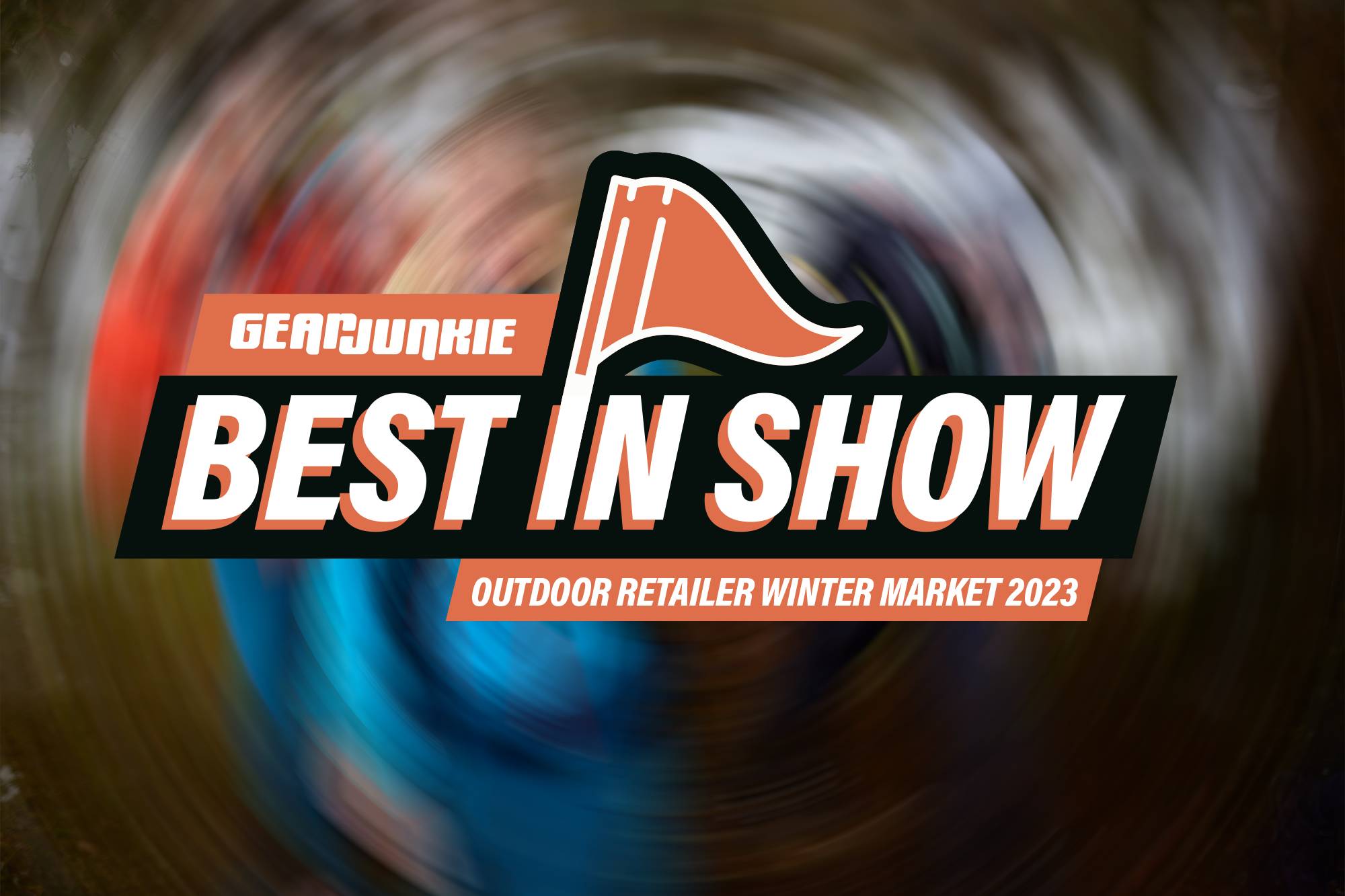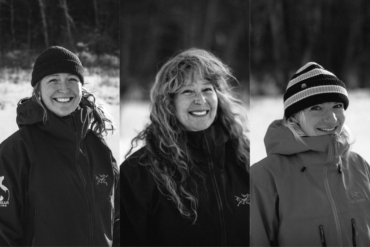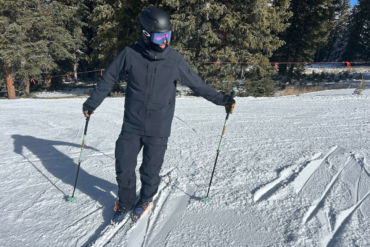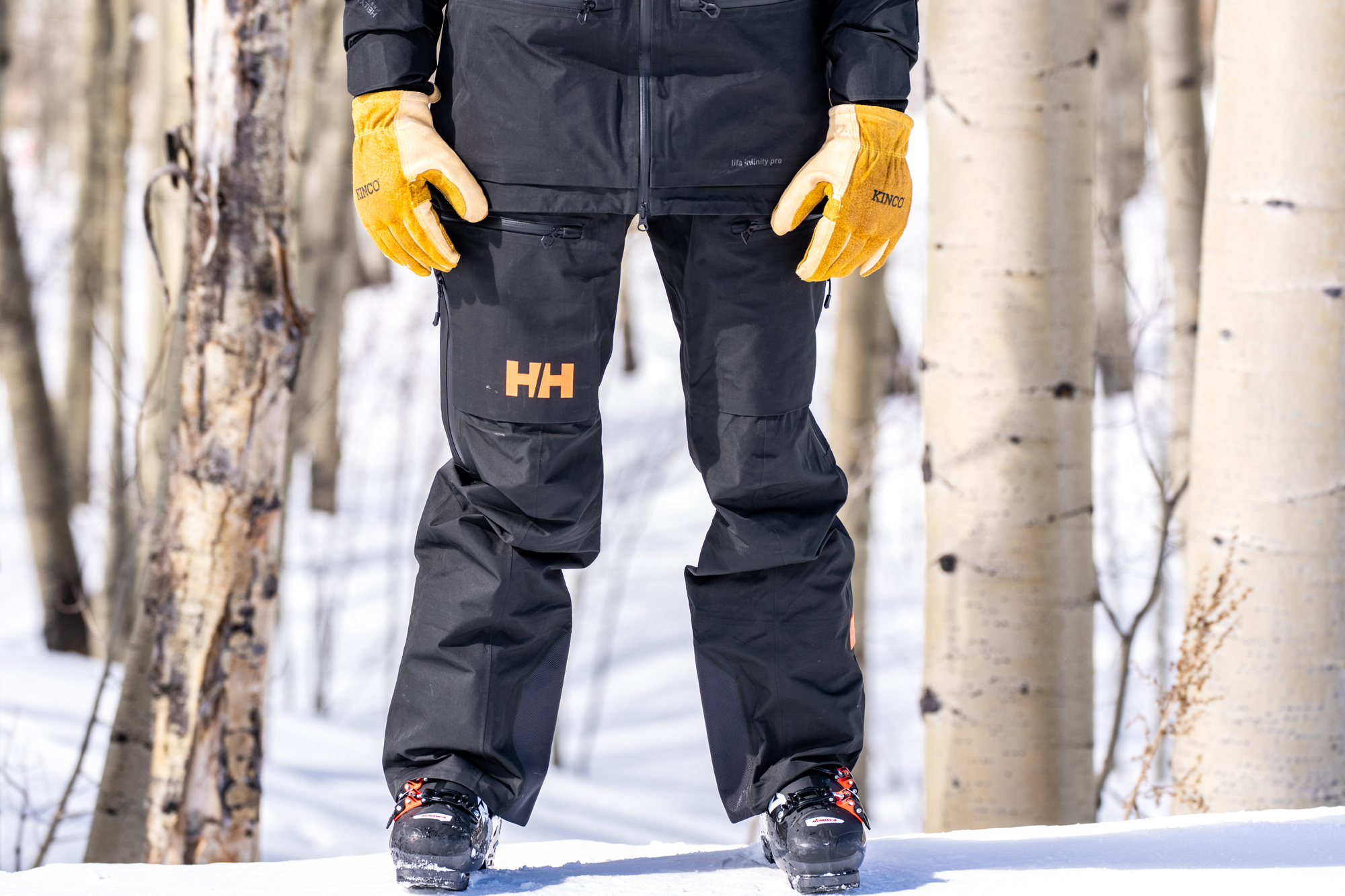After moving to Alaska four winters ago, I quickly learned Alaskans have a unique style. It’s less about being fashion-forward and more about being prepared for the weather, which includes roughly 7 months of winter. When XTRATUF started 50 years ago with a boot built for commercial fishermen, it gained the moniker of “the Alaskan sneaker,” migrating its way into every Alaskan’s closet — for purposes beyond fishing. I’ve lost count of how many weddings I’ve attended where XTRATUFs were the majority footwear of brides, grooms, and guests.
But there’s a new twist to XTRATUF’s staple, with the release of a winter and ice-specific deck boot. I stared dubiously at the pair when it arrived in late December. How can these boots — weighing just under 2 pounds — keep my piglets warm in 20-below weather? How will this simplistic yet futuristic-looking lacing system support my ankles? And how will this outsole conquer changing terrain and snow conditions any different than other outsoles?
In short: My 2-plus months of testing proved the XTRATUF Ice Deck Boots ($185) could do all that and more. I used the boots mostly for neighborhood walks on packed snow, through fresh powder, and on frozen lakes. Our local trails are ungroomed and too deep with snow for winter hiking, but I did use these while snowshoeing. The testing temps never rose above 10 degrees, with the lowest being -20 degrees Fahrenheit.
- Materials: Nylon upper, GlacierTrek PRO SRC-rated outsole, 100% waterproof membrane (TUFdry)
- Insulation: 200 g of insulation (TUFloft), faux shearling lining
- Heel height: 0"
- Calf circumference: 12.5"
- Claimed weight: 0.4 lbs.
- Verified weight: 1 lb. (size 8M)
Pros
- Great grip, no extraneous traction devices necessary
- Warm
- Easy to get on/off
- Lightweight
- Performs great in harsh cold/negative temps
Cons
- Too warm for temps above 35-40 degrees
- A taller ankle height would be great
XTRATUF Ice Nylon 6-Inch Ankle Deck Boot Review
Warmth
I was immediately amazed at how toasty these boots were. If I’m gearing up for any outdoor activities during Alaska’s winter, I always layer with two, sometimes three, pairs of socks. After gaining confidence in the comfort rating on these, I wanted to push their limits and started wearing only one pair of wool socks with them. It took two snowshoeing trips on -15 degree days to convince me the boots reported for double duty on protection from the elements. My toes stayed snug and dry. Clearly the 200 g of synthetic insulation paired with the faux sheep-skin lining had something to do with that.
Given their warmth, I’d probably stop wearing these for outdoor adventures once the temps warmed past 40 degrees.
Grip and Durability
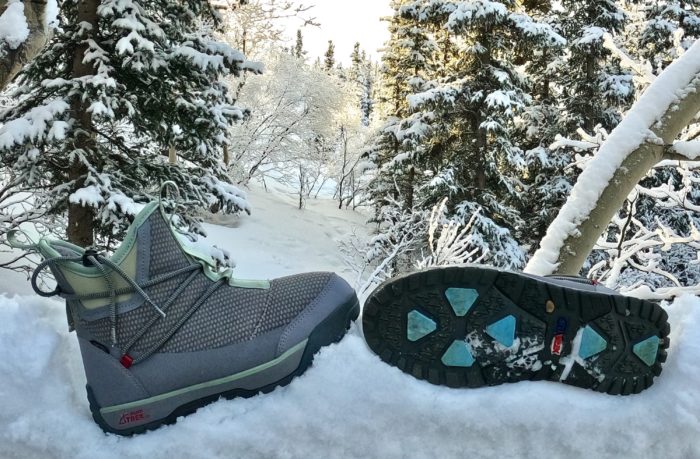
The boots’ calling card is the proprietary ice-gripping compound in the specialized slip-resistant rubber outsole. No outsole pattern is the same, and the XTRATUFs outdo all my other winter boots. Not only do they have textured and multidirectional lugs, but there are also four blue triangles at the front and two at the back. The triangles’ edges are sharp and bite into the underfoot surface. I equate this “ice-gripping compound” to operating like sandpaper.
Let me paint a picture. First of all, our outhouse (yes, we use an outhouse year-round) is downhill. I have to use a trekking pole to slowly walk down the snowy and icy slope when I need to do my business because I’ve slipped one too many times. Not with these boots. I don’t need my trekking pole at all. The grip passed many other tests while walking across our frozen neighborhood lake as well as up and down 30-degree snow-packed hills.
I also inadvertently learned you can run in these. No, I’m not a runner, especially not during Alaska’s winter. But when a mama moose is charging you, you run. Side note, in case you are wondering: I am ok. I consider myself wildlife-savvy, but I accidentally got between a mom and her yearling. Moose are often ornery in the winter when food is sparse. And if they feel threatened — particularly when protecting their babies — they will often bluff charge. Sad to say, this was not my first moose charging, and probably won’t be my last.
Another important observation I had was that the snow did not build and ball up on the outsole. I believe this is because the lugs aren’t extremely deep or spaced far apart, as is the case on other outsoles.
Comfort and Fit
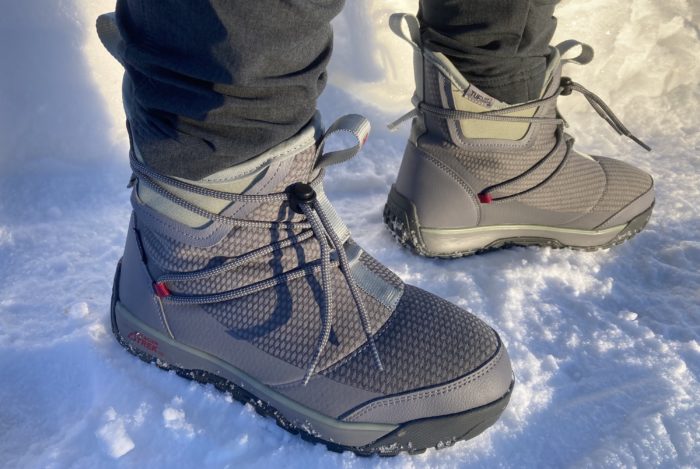
When the interior of any boot has a wraparound fur lining, it’s hard not to add bonus points for comfort. I loved how soft to touch the inner was; I could go sockless if I dared. The high-abrasion nylon upper offsets the rigid toe and heel bumpers as well as the outsole but also makes stuffing your feet into the boots more pliable. When my foot is in place, I can feel the give of the removable EVA insole, providing support and cushioning underfoot. I usually replace the manufacturer’s insoles, but I never felt like I needed to do that in these boots. Another plus!
I like that there was a large loop in the front and back to help pull the boots on. I prefer slip-ons for my outhouse runs, and these, while not quite slip-ons, are just as good as my knee-high XTRATUFs.
The lacing system is unique. It’s one single lace crossed at the front, then looped around the ankle twice, and tightened with a single pulley. There’s not much to do battle with — no tongue, no tying — so it’s easy to complete the task, even with gloved hands. I don’t feel like I had superior ankle support with this lacing system, although I don’t think I needed it thanks to the stable footing provided by the outsole.
There is a bit of rounded-up traction on the back of the heels, which is probably meant for more grip on steeper slopes, but I used the rubber nubs for pulling my boot off with the other foot.
One complaint I have is that they aren’t higher; at 6 inches, they are barely ankle height. I have a pair of what I call my “skinny jeans” ski pants that are straight-legged through the ankle. The pants couldn’t go over the boots, but they also couldn’t tuck into the boots. I was afraid snow would get in the boots, but it actually wasn’t a problem.
Conclusion
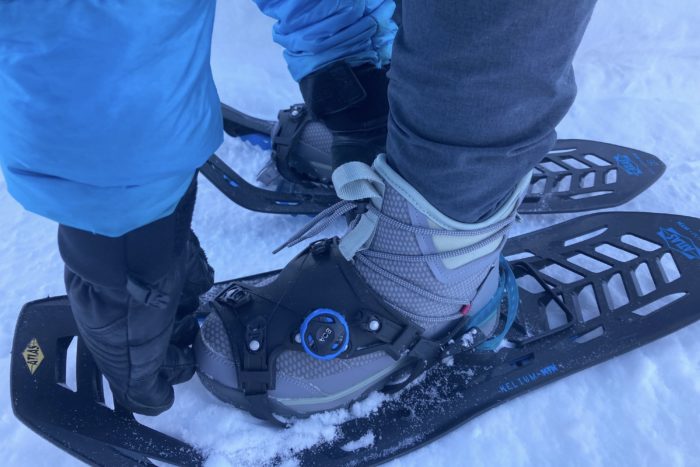
These are definitely my new go-to winter boots for snowshoeing and heavy winter neighborhood walks. What it boils down to is the grip was as good as wearing cleats. And they were warm, which is necessary for our Alaskan winters.
I’m about to volunteer as trail crew for the Iditarod Trail Sled Dog Race, and I’ll be wearing these. We are limited in the gear we can bring since small planes transport us to our checkpoints — so you have to choose your gear wisely. Not only do I trust these will keep my feet warm and my body upright when running around on snow in the dog yards, but they are also lightweight for travel.
If you haven’t yet found a capable winter boot in terms of grip and don’t want something heavy or bulky, I highly recommend the XTRATUF Ice Nylon 6-Inch Ankle Deck Boot.


